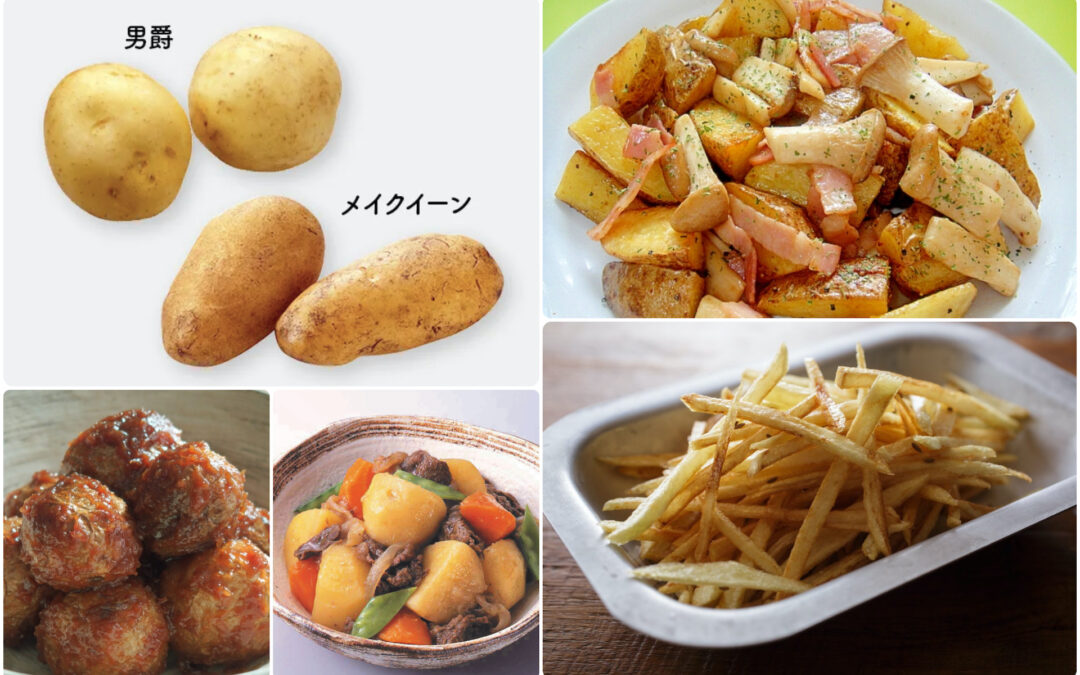
by Elizabeth Andoh | Nov 3, 2023 | Kitchen Culture, Year-Round
In Japan today, two types of Western-style potatoes are regularly enjoyed: mékuin (May Queen) and danshaku (“Baron”). The former was developed in Great Britain at the beginning of the 20th century and made its way to Japan via America shortly thereafter....
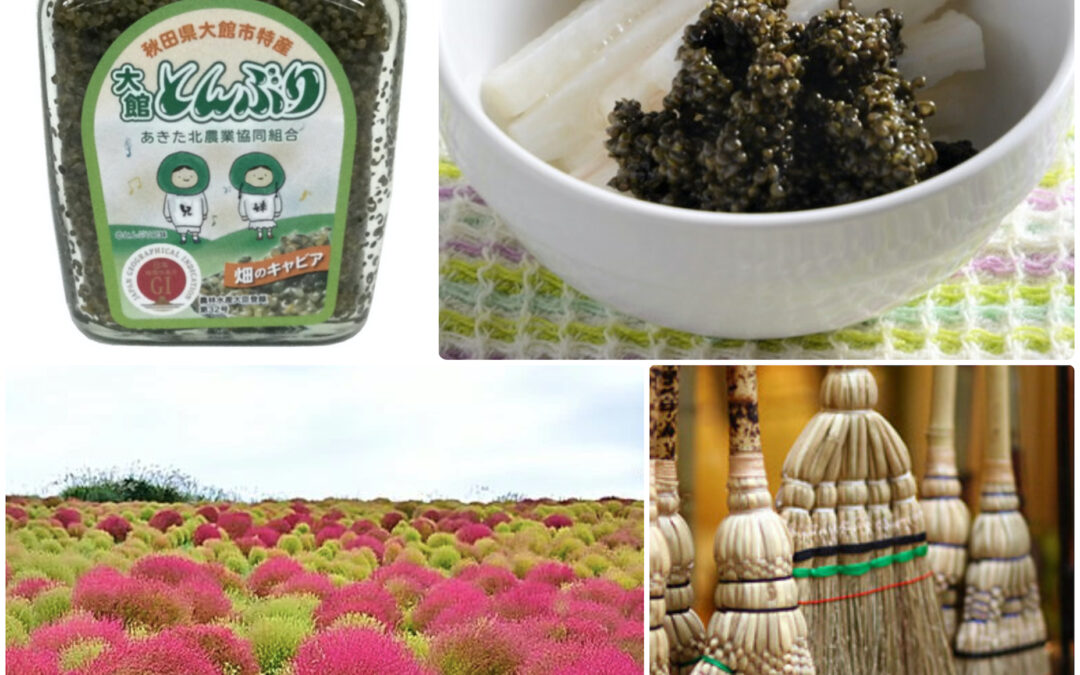
by Elizabeth Andoh | Oct 2, 2023 | Kitchen Culture, Summer
The Japanese eat a number of “unusual” foods, and TONBURI (とんぶり) surely qualifies as one of them. Tonburi are the seeds of Kochia scoparia/Bassia scoparia, also known as 箒草 hōki-gusa. Branches of the mature kochia plant are crafted into hōki brooms (yes,...
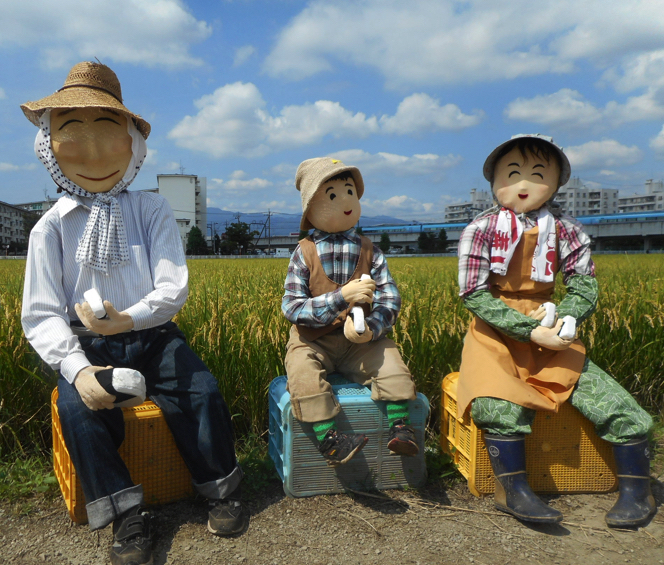
by Elizabeth Andoh | Sep 4, 2023 | Culture, Kitchen Culture
Farmers around the world deploy “scarecrows” to guard their crops from undesirable flying, crawling, and burrowing creatures. Japan’s kakashi 案山子 scarecrows that stand guard over rice fields tend to be more whimsical than frightening figures. Above, rice fields in...
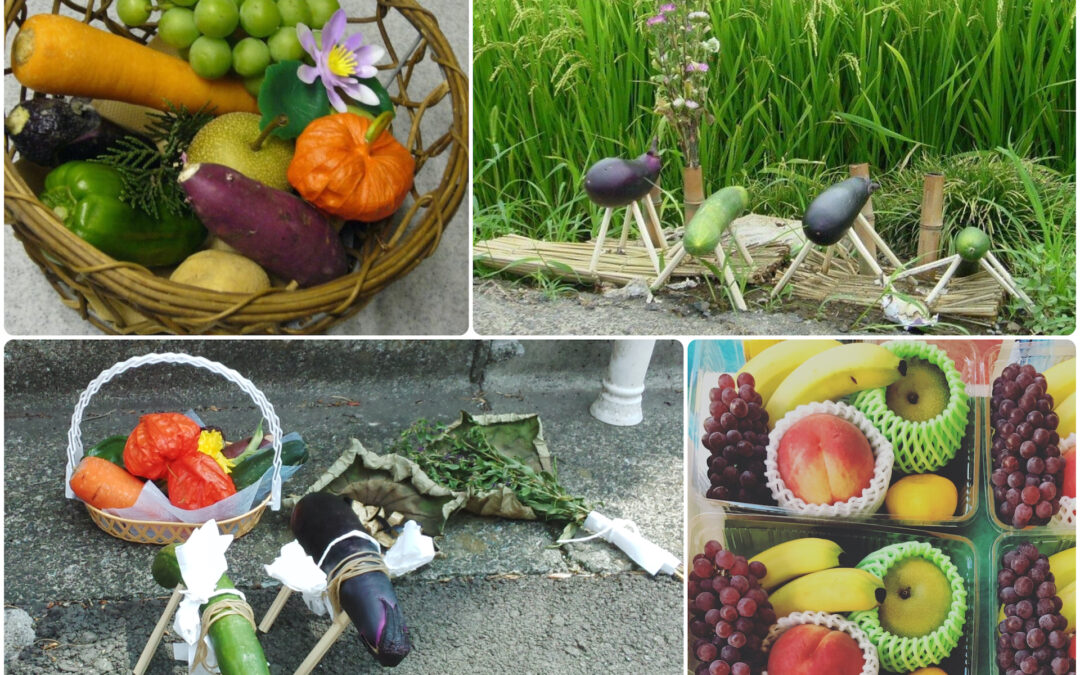
by Elizabeth Andoh | Aug 2, 2023 | Kitchen Culture, Summer
Rooted in Buddhist tradition and practice, Obon is the time when spirits of the departed are believed to return to this world for a short, annual visit. It is not a morbid occasion but rather a pleasant and respectful way for younger generations to stay connected to...
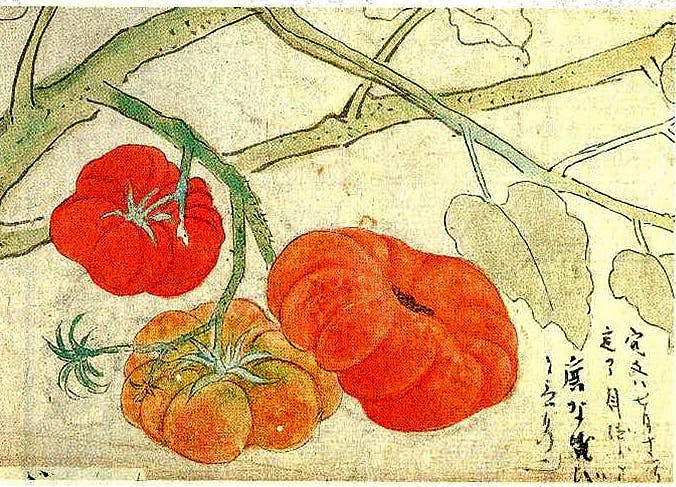
by Elizabeth Andoh | Jul 17, 2023 | Kitchen Culture, Summer
Originating in Mesoamerica about 7,000 years ago, tomatoes arrived in Japan early in the Edo period (1603-1868) having traveled the globe and being domesticated along the way. The first tomato plants in Japan were considered an ornamental — they were not...
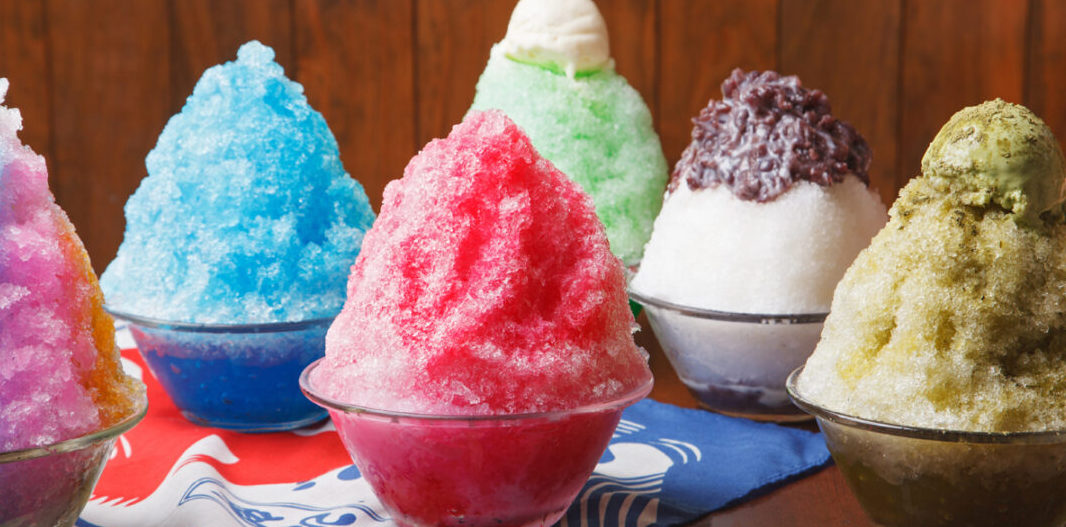
by Elizabeth Andoh | Jun 13, 2023 | Kitchen Culture, Summer
KAKI-GŌRI: Japan's contribution to Icy Confections Long before refrigeration was invented, people around the world went to great lengths to keep food chilled. The world’s earliest written record of such efforts is an Iranian inscription dating back to 1700 BC that...
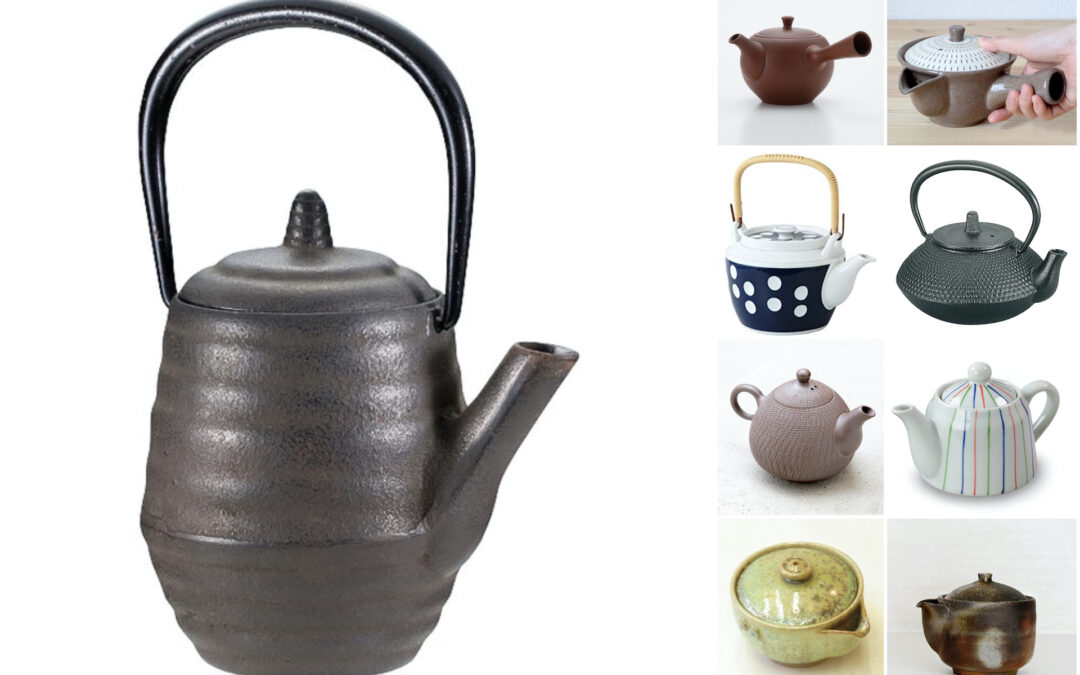
by Elizabeth Andoh | May 18, 2023 | Kitchen Culture, Year-Round
The Japanese use a wide variety of tools and vessels to prepare and serve food and beverage. This post is devoted to TEA POTS called KYŪSU 急須. They are typically small, used to brew just a few portions of tea (each about 100-120ml/scant 4 fluid ounces) at one time....
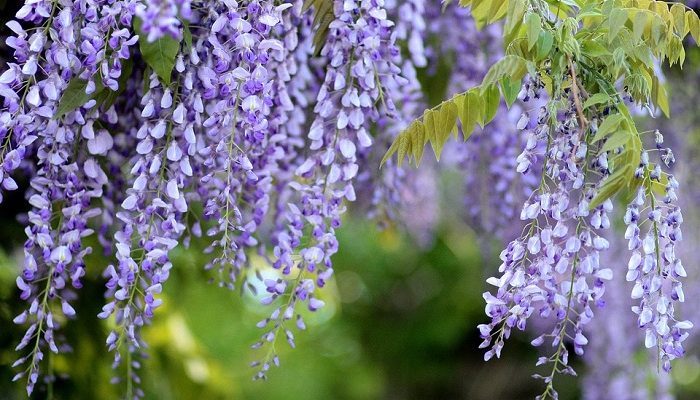
by Elizabeth Andoh | Apr 27, 2023 | Culture, Kitchen Culture
FUJI (Wisteria floribunda) A species of flowering plant in the pea family, fuji is native to Japan. In culinary matters, graceful wisteria vines inspire a seasonal motif for traditional wagashi confectionery. Fuji is often a symbol of longevity (plants have been...
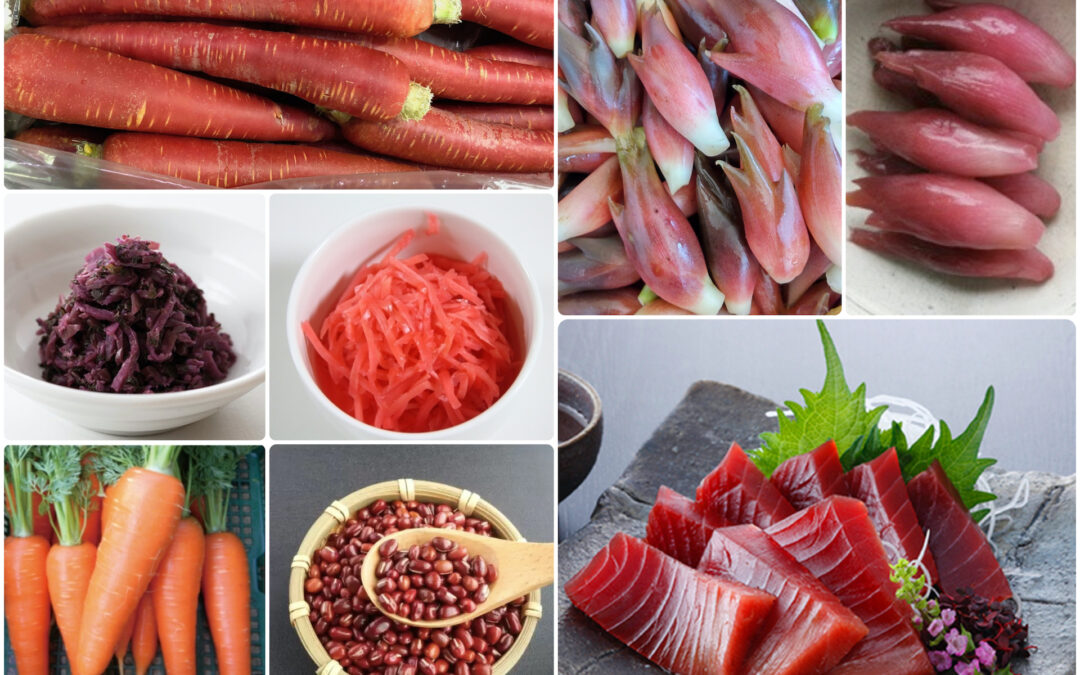
by Elizabeth Andoh | Mar 30, 2023 | Kitchen Culture, Year-Round
Foods in a wide range of hues are considered to be “RED” in the Japanese kitchen. To name just a few, there are (orange) carrots, (ruby-red) slices of raw tuna, (maroon) adzuki beans, (purplish) shiba-zuké eggplant pickles, (crimson) beni shōga (red...
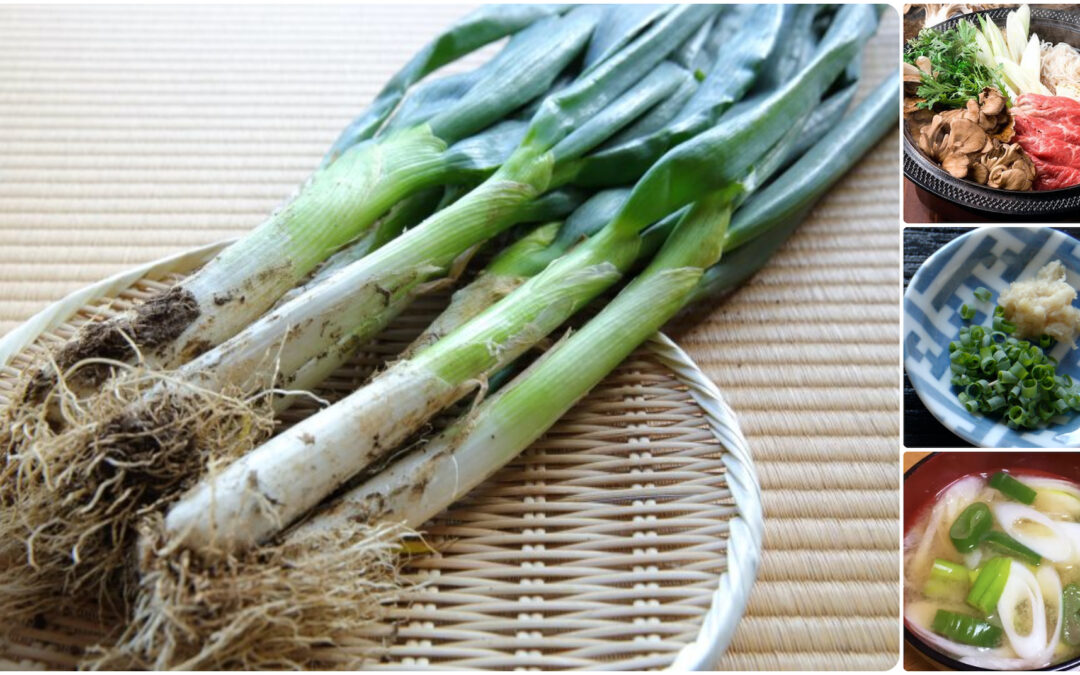
by Elizabeth Andoh | Feb 28, 2023 | Kitchen Culture, Year-Round
NAGA “long” NEGI “onions” (Japanese bunching onion; Allium fistulosum) have been enjoyed in Japan since the 8th century. They are indispensible in nabé (hot pot) cookery, as a condiment for noodles and tōfu, and in miso soup. Like other members of the allium family,...
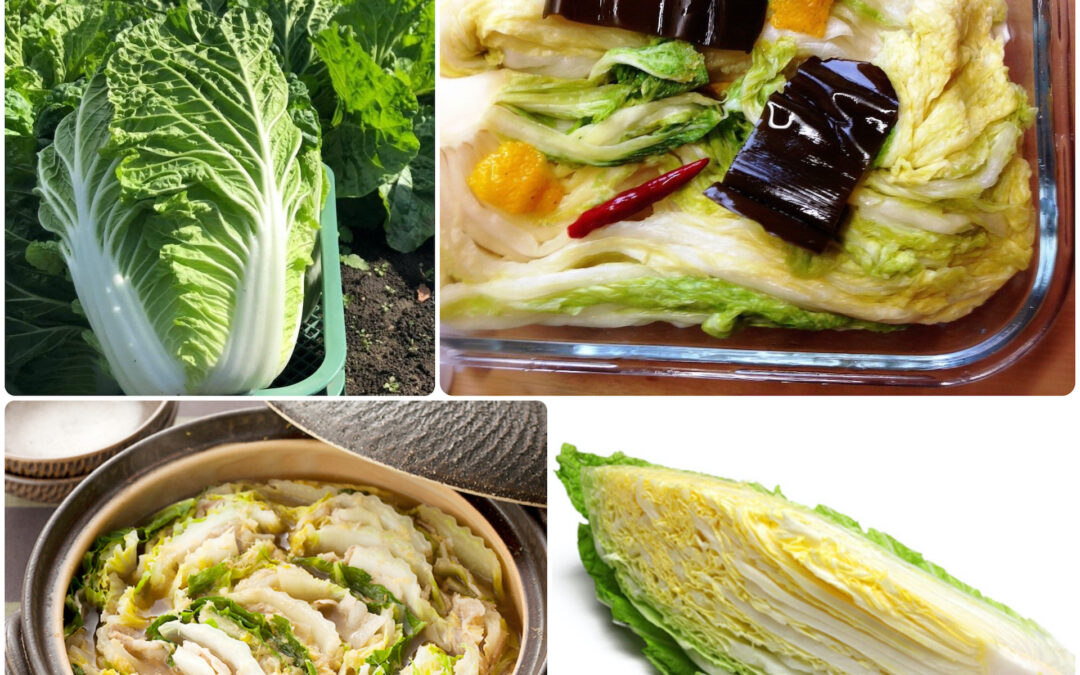
by Elizabeth Andoh | Jan 29, 2023 | Autumn, Kitchen Culture, Winter
HAKUSAI・白菜 Because hakusai is such a favorite wintertime vegetable in Japan, I assumed it had a long, deep history in Japan’s cookery. Not really. It seems that the original Brassica oleracea ancestor of hakusai is native to the Mediterranean region of Europe....
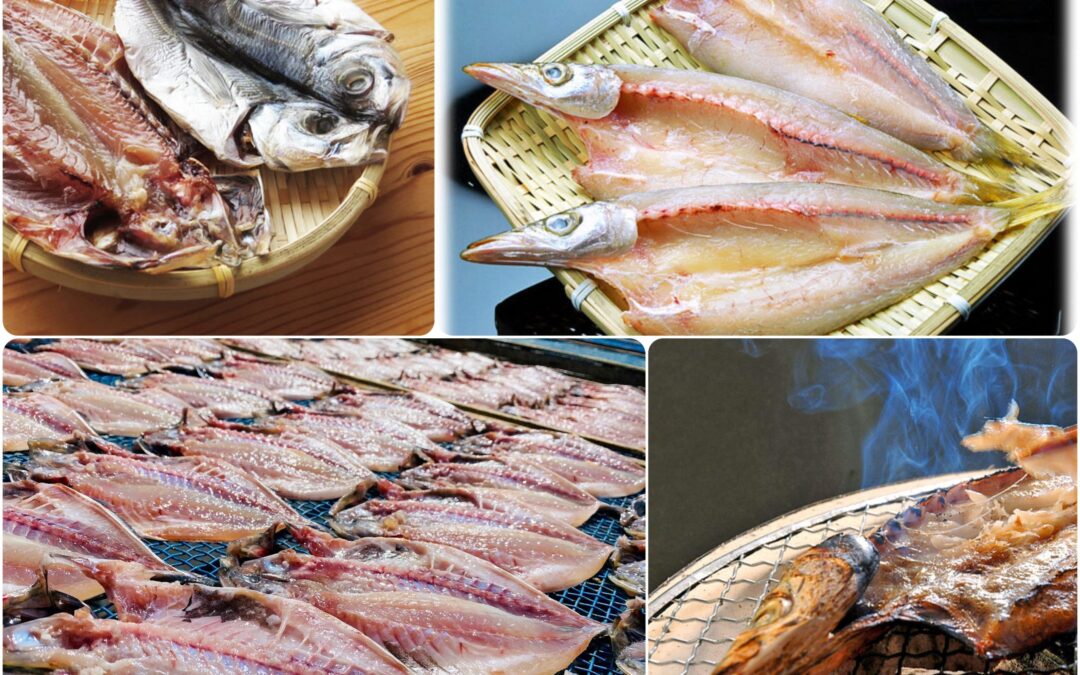
by Elizabeth Andoh | Dec 7, 2022 | Kitchen Culture, Year-Round
Ichiya-Boshi: Overnight-Dried FISH In the days before refrigeration, bountiful catches of fish were traditionally gutted, either split down the back or butterflied (belly-split), and dipped in sea water before being set out to dry in well ventilated spaces. This would...
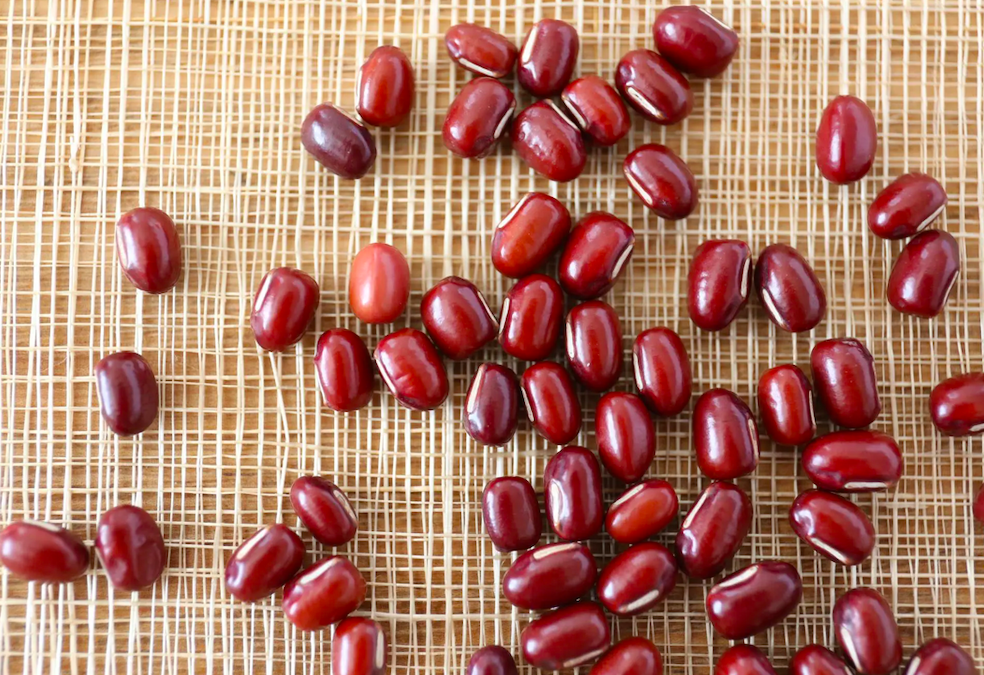
by Elizabeth Andoh | Nov 11, 2022 | Kitchen Culture, Year-Round
小豆・あずきADZUKI (Vigna angularis) Written with calligraphy for “small” and “bean” these diminutive (about 1/4-inch, less than 1 cm) red beans play an important role in Japanese cookery, appearing in both savory dishes and in sweets. There are...

by Elizabeth Andoh | Oct 10, 2022 | Autumn, Kitchen Culture
Four varieties of wild-caught salmon are commonly available in markets around the Pacific rim. Left, top to bottom + right: Sockeye (beni-zaké in Japanese) Coho (gin-zaké in Japanese) Chum (aki-zaké in Japanese) Chinook (kingu samon, in Japanese) 鮭・さけ・SAKÉ SALMON Fish...
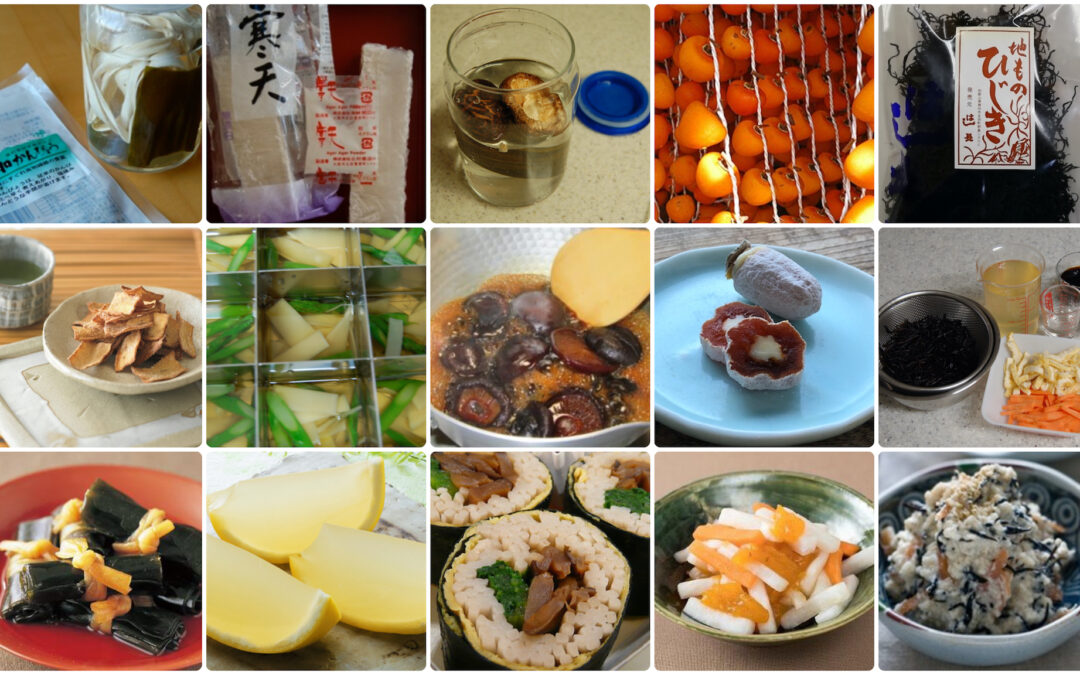
by Elizabeth Andoh | Sep 25, 2022 | Kitchen Culture, Year-Round
In the photo above, there are five vertical columns, from left to right: KAMPYO (soaking in water with kombu; deep-fried to make chips; used as an edible tie for kombu rolls); KANTEN (sticks and powdered form, made into a savory bamboo shoot and asparagus aspic, lemon...
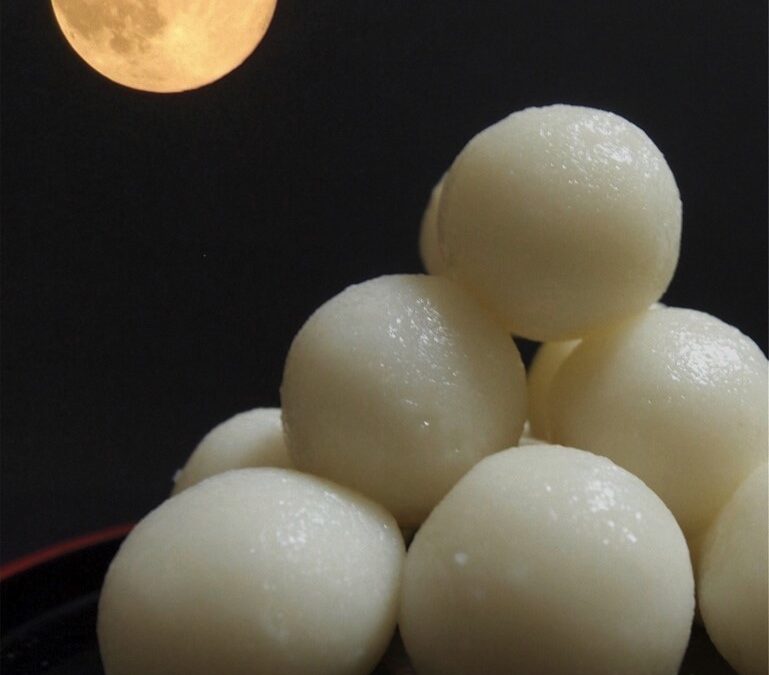
by Elizabeth Andoh | Sep 2, 2022 | Autumn, Kitchen Culture
月見団子 TSUKIMI DANGO The moon can be seen shining from any place on our planet and people everywhere see beauty in a full, luminous moon. But ritual contemplation of the “moon of the middle autumnal month” (chūshū no meigetsu) has its origins in China. The practice...
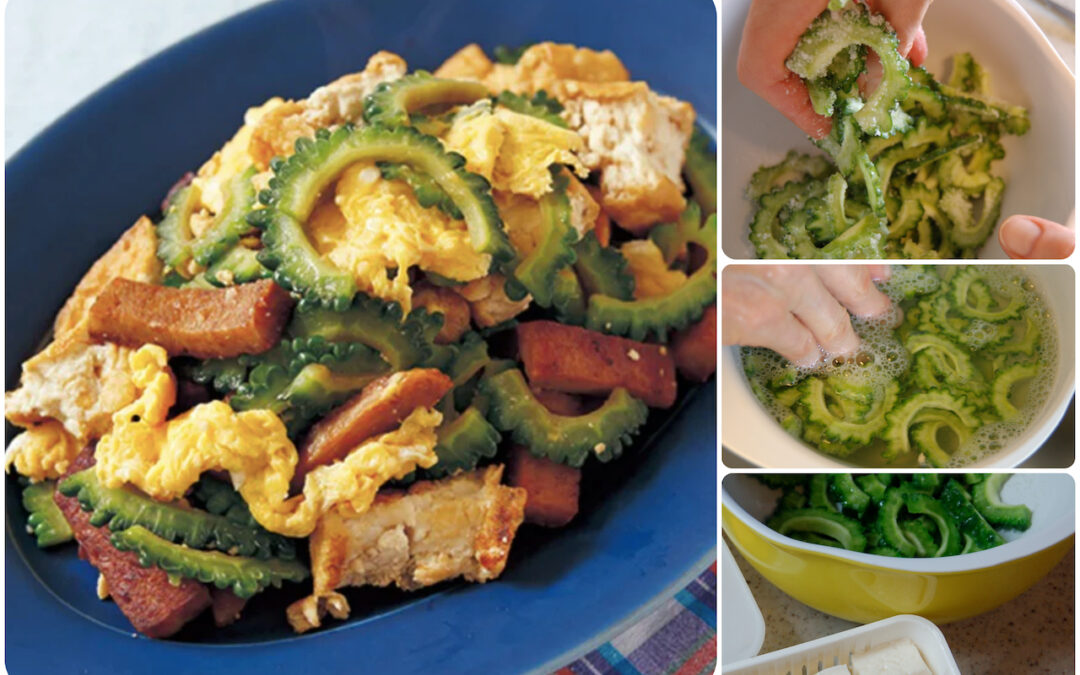
by Elizabeth Andoh | Aug 12, 2022 | Kitchen Culture, Summer
チャンプル・CHAMPURU In the local dialect CHAMPURU means “hodgepodge.” It is essentially a stir-fry; the signature dish of Okinawa. Every household will have its own version though most will include some sort of tōfu and lots of vegetables, most likely bitter melon or what...
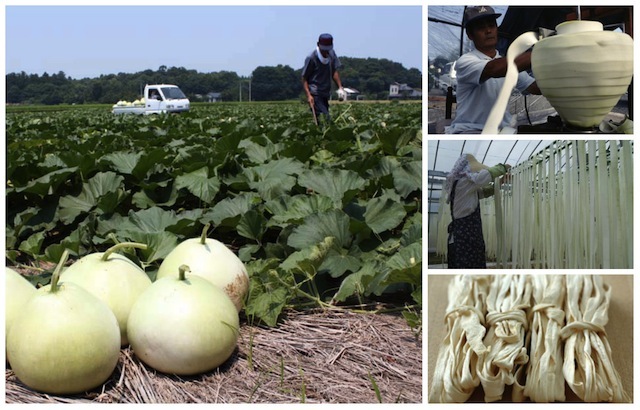
by Elizabeth Andoh | Jul 10, 2022 | Kitchen Culture, Summer
干瓢・かんぴょう・KAMPYŌ What is kampyō and how is it processed into edible ribbons? Bulbous fukubé gourds are harvested in the summer and set on a spinning wheel against a sharp blade. The ribbons of gourd that get shaved off are then hung to dry in the sun or well-ventilated...
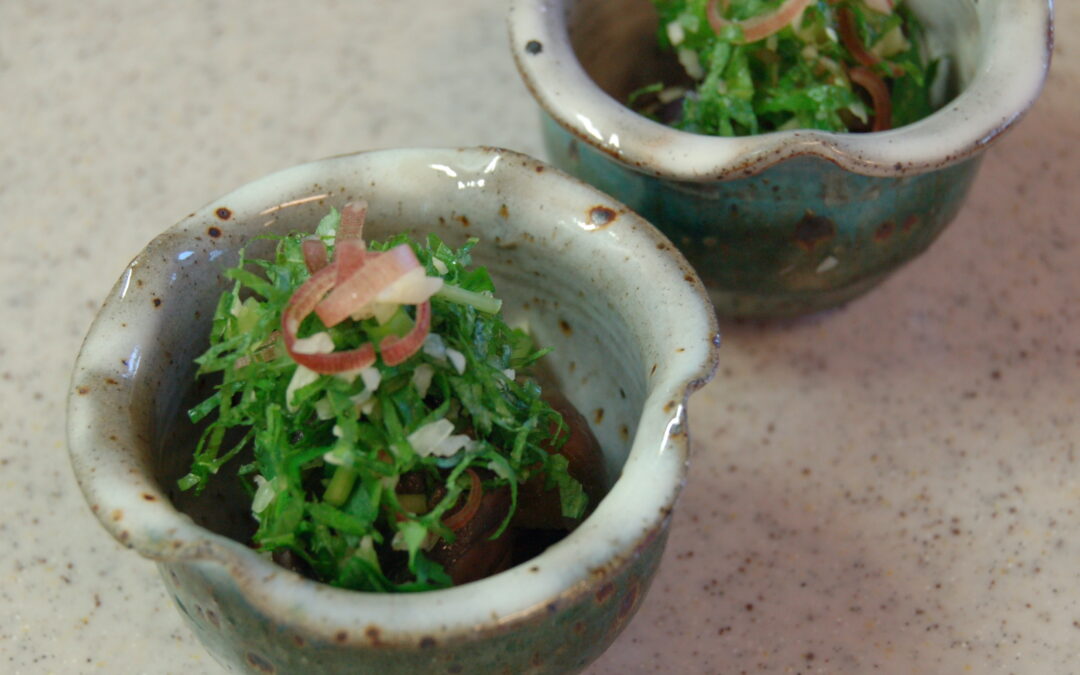
by Elizabeth Andoh | Jun 29, 2022 | Kitchen Culture, Summer
薬味YAKUMI A Lively Mixture of Aromatic Herbs Food cultures around the world employ various aromatic herbs and spices to stimulate the appetite, maximize flavor and promote healthful eating. Japan has a long history of using yakumi, condiments, to provide benefit to the...
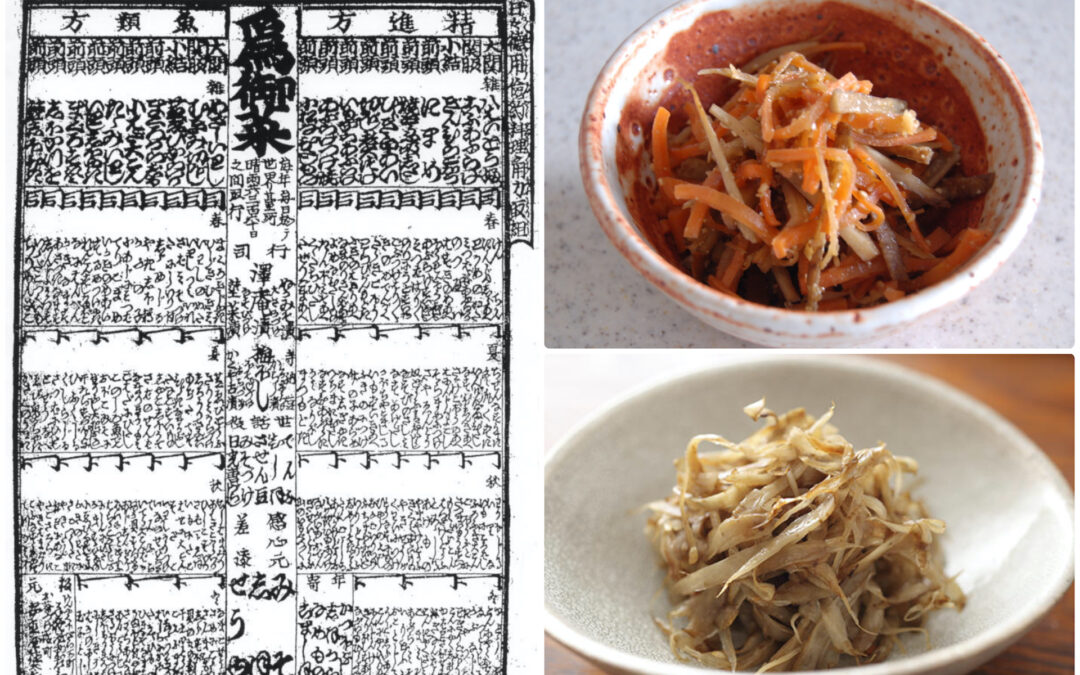
by Elizabeth Andoh | May 16, 2022 | Kitchen Culture, Year-Round
ごぼう・牛蒡・Gobō (burdock root; Arctium lappa) Kimpira, named after a folk-hero celebrated for his fervent determination and fiery ways, is a quickly assembled, skillet-stirred vegetable dish finished with an incendiary 7-spice blend. Kimpira frequently appears on the menu...





















